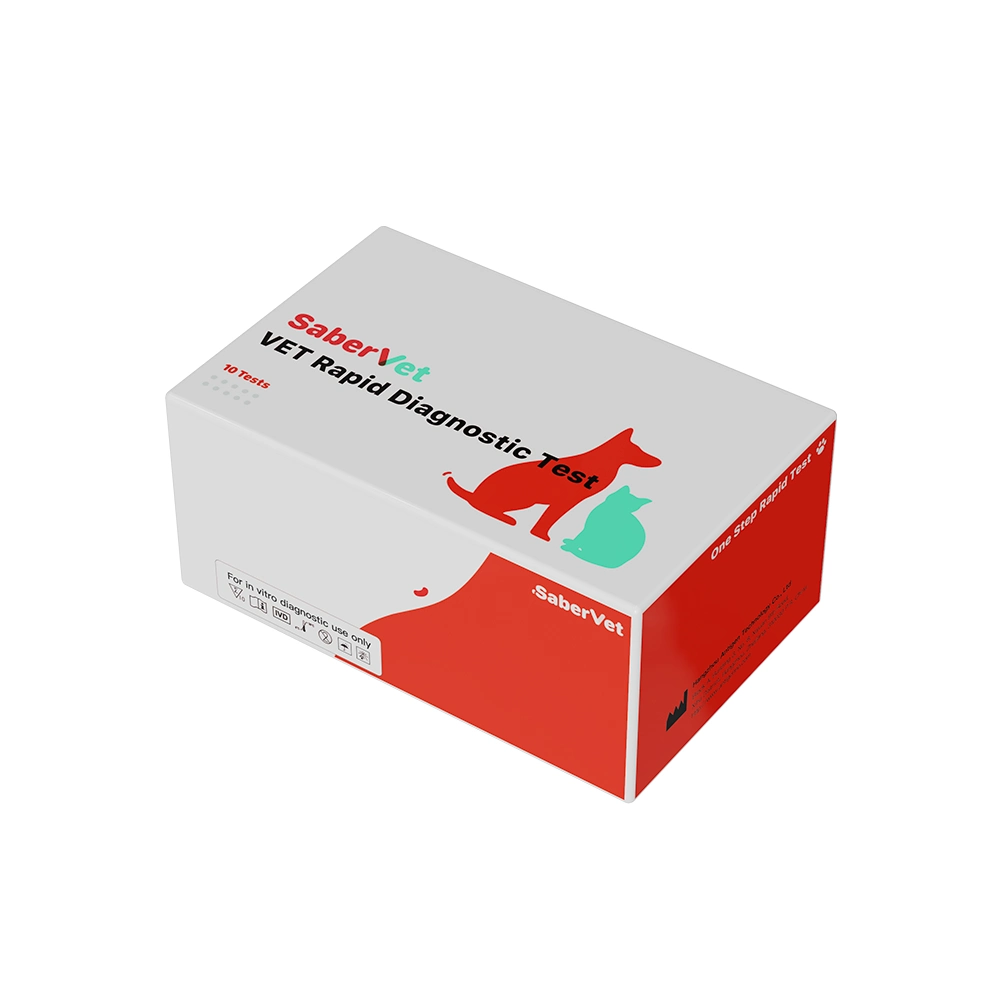In 1967 for the first time with canine kidney cells from the respiratory disease of the dog body successfully isolated to the canine parainfluenza virus, the virus can lead to canine nest cough, runny nose, etc., causing canine infectious respiratory diseases, to the canine disease caused by pain, and in severe cases, even cause death, but also to the large-scale dog industry to bring great economic losses.
1.Clinical symptoms
Canine parainfluenza virus infection usually manifests as sudden onset of fever, coughing and runny nose. Sick dogs may have profuse plasma or mucus nasal discharge, as well as depression and loss of appetite. In some cases, canine parainfluenza virus may also cause acute encephalomyelitis and hydrocephalus, leading to neurological symptoms such as hindquarters paralysis and movement disorders.
2.Transmission
The main mode of transmission of canine parainfluenza virus is through respiratory droplets, such as those released by coughing and sneezing. In addition, direct contact with contaminated objects or the environment may also lead to virus transmission. Sick dogs are the main source of infection, especially in dense colonies where the virus can spread rapidly.
3.Clinical diagnosis
Clinical diagnosis is usually based on history, clinical signs and symptoms. Laboratory diagnostic methods include cell culture isolation and identification of the virus, serum neutralization test, hemagglutination inhibition test, enzyme-linked immunosorbent assay, and RT-PCR. These methods can help confirm viral infection and distinguish other similar respiratory diseases.
4.Preventive measures
Preventive measures mainly include regular vaccination and maintenance of good hygienic conditions. Vaccination is the most effective means of preventing canine parainfluenza virus infection. It is usually recommended that puppies be vaccinated starting at 6 to 8 weeks of age and that subsequent vaccinations be completed according to the immunization schedule. In addition, measures such as keeping the kennel clean, minimizing close contact between dogs, and avoiding taking sick dogs outside can help reduce the risk of virus transmission.
For dogs that are already infected, treatment mainly focuses on symptomatic treatment and prevention of secondary infection. Commonly used treatments include the use of antiviral drugs, antibiotics, immunoglobulins and supportive therapy such as rehydration and nutritional support.
5.Canine Parainfluenza Virus Antigen Rapid Test
We have developed a Canine Parainfluenza Virus Antigen Rapid Test to detect canine secretion samples, which is fast, easy to operate and highly accurate, and can be used as an effective means for users to detect whether their dogs are infected with parainfluenza virus.












